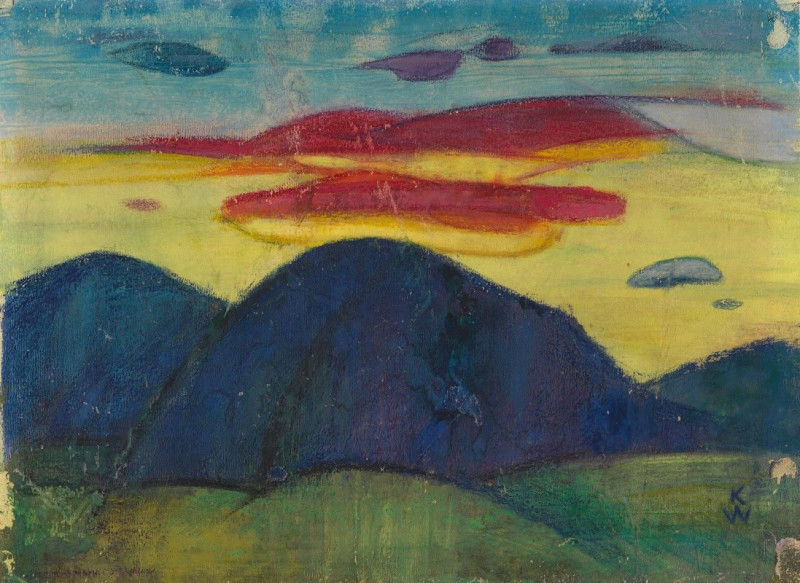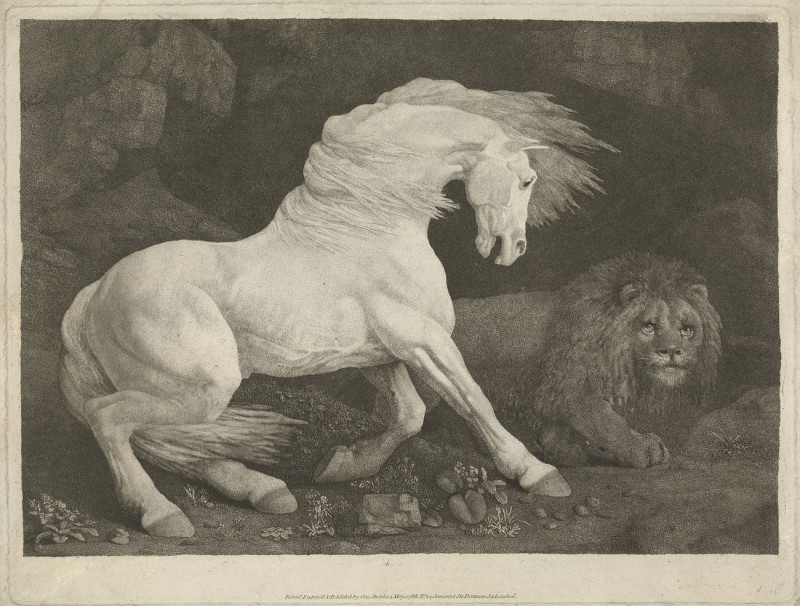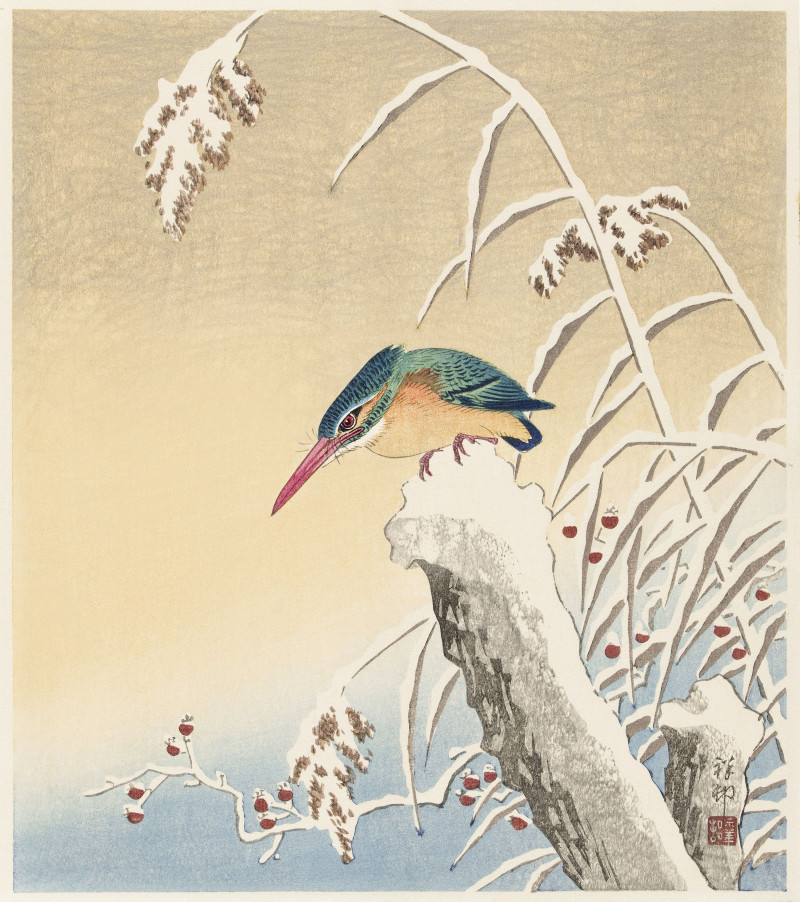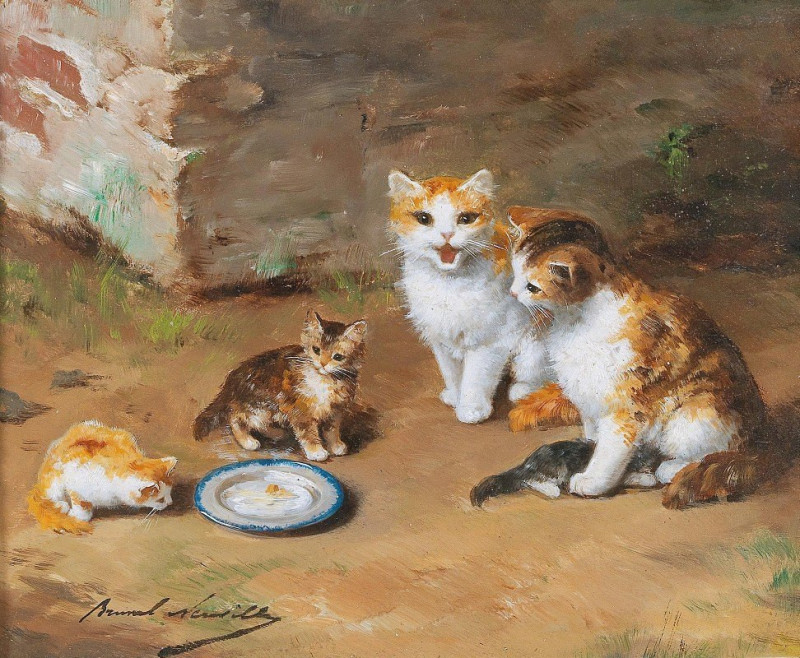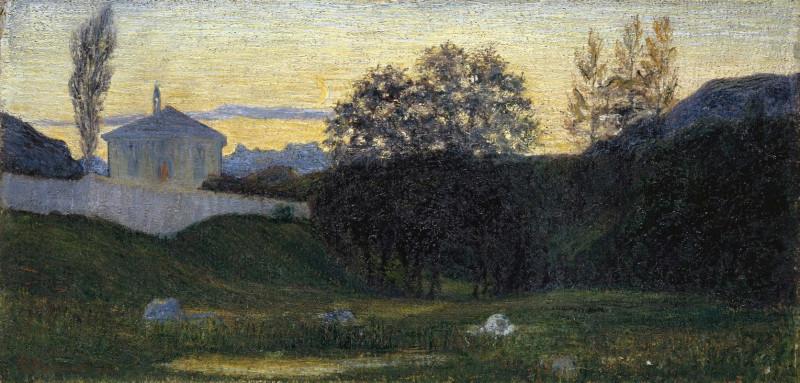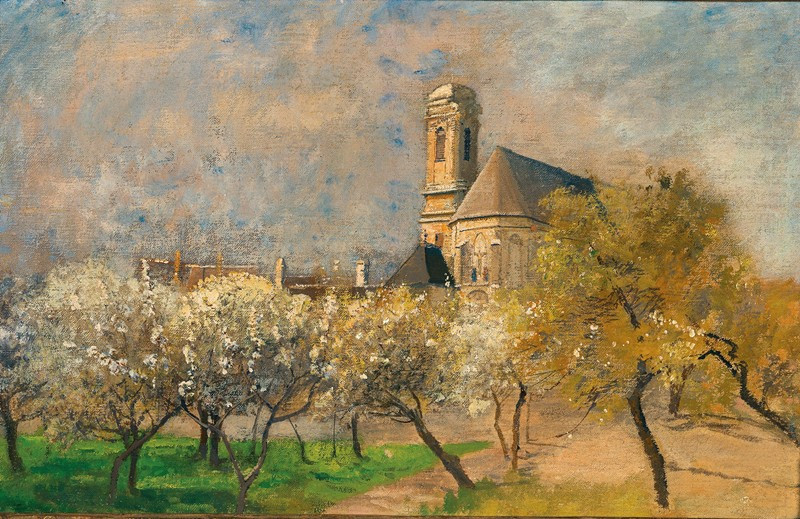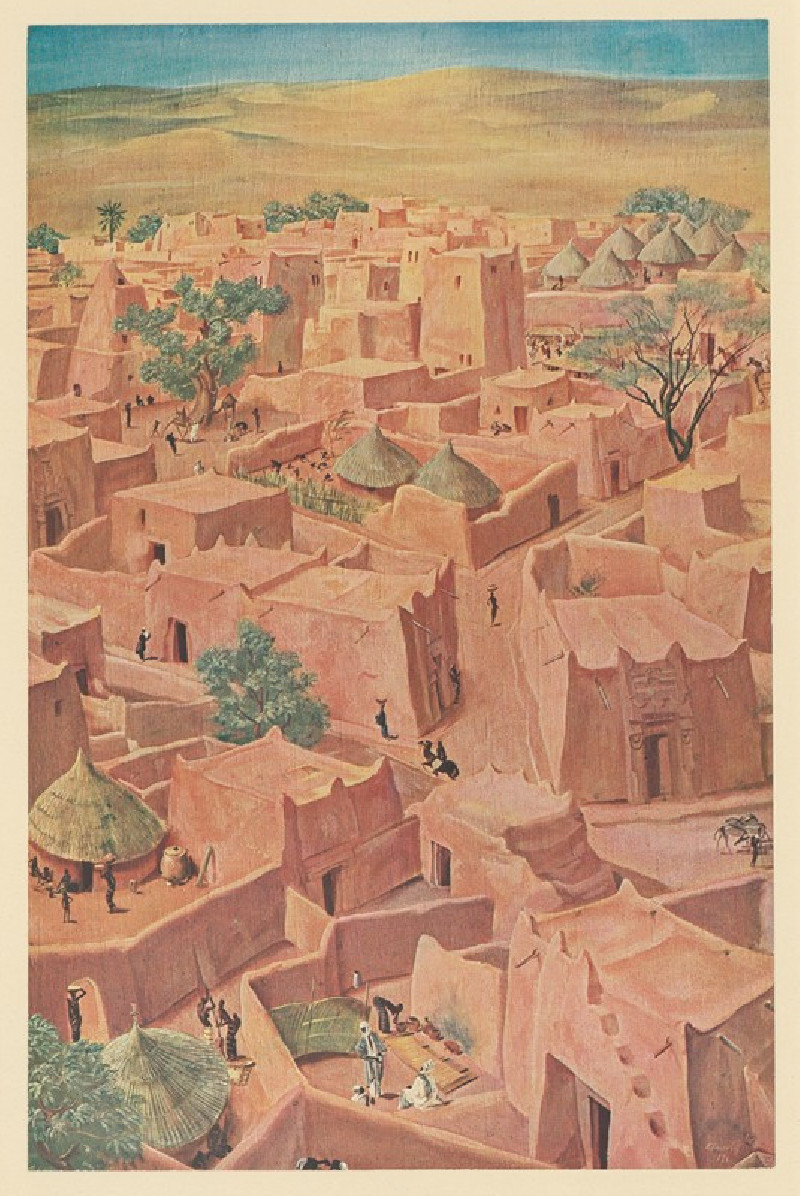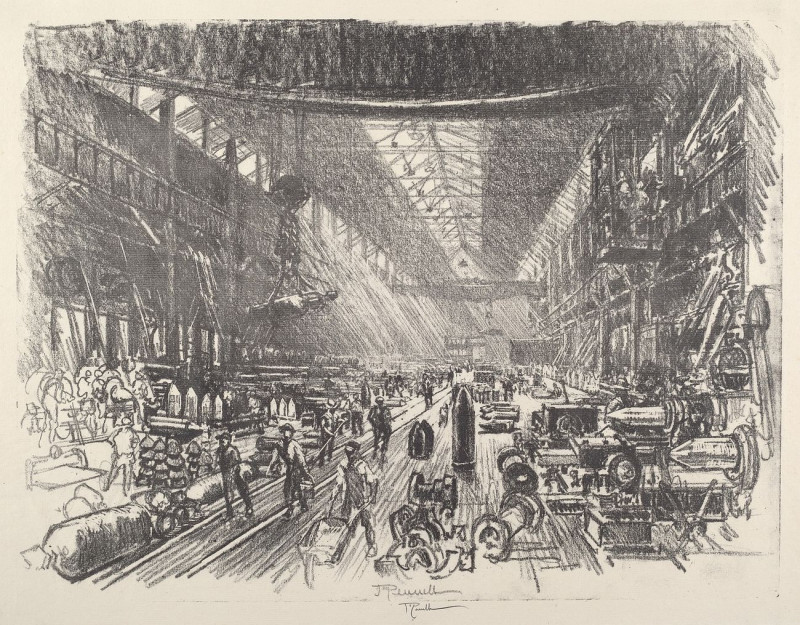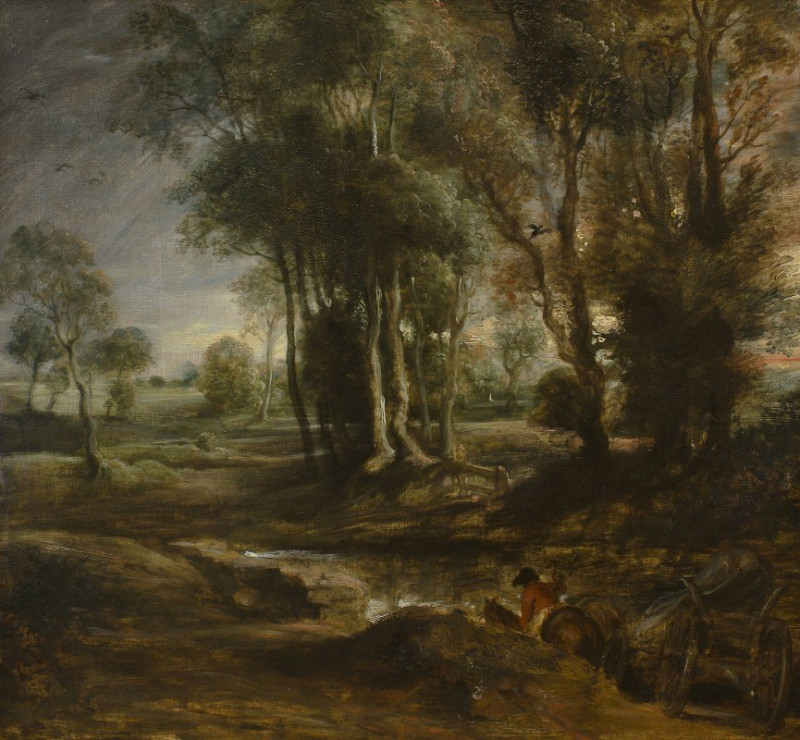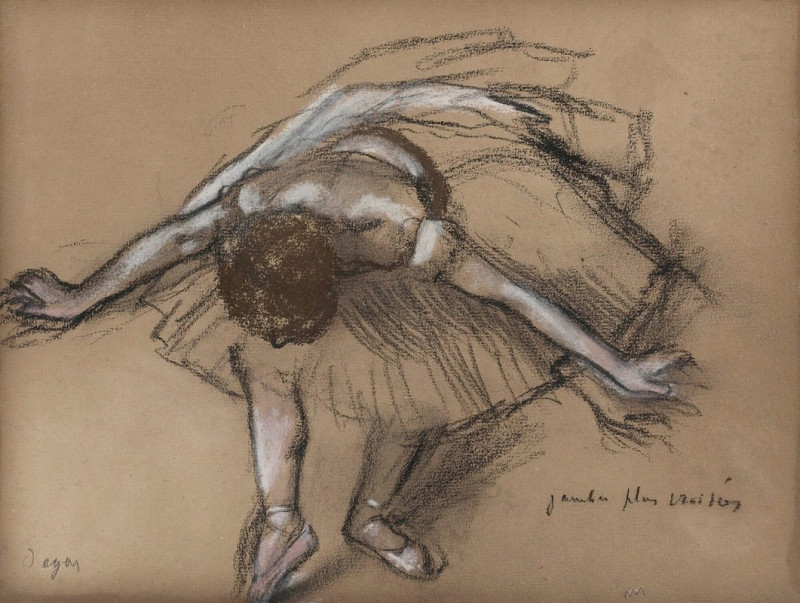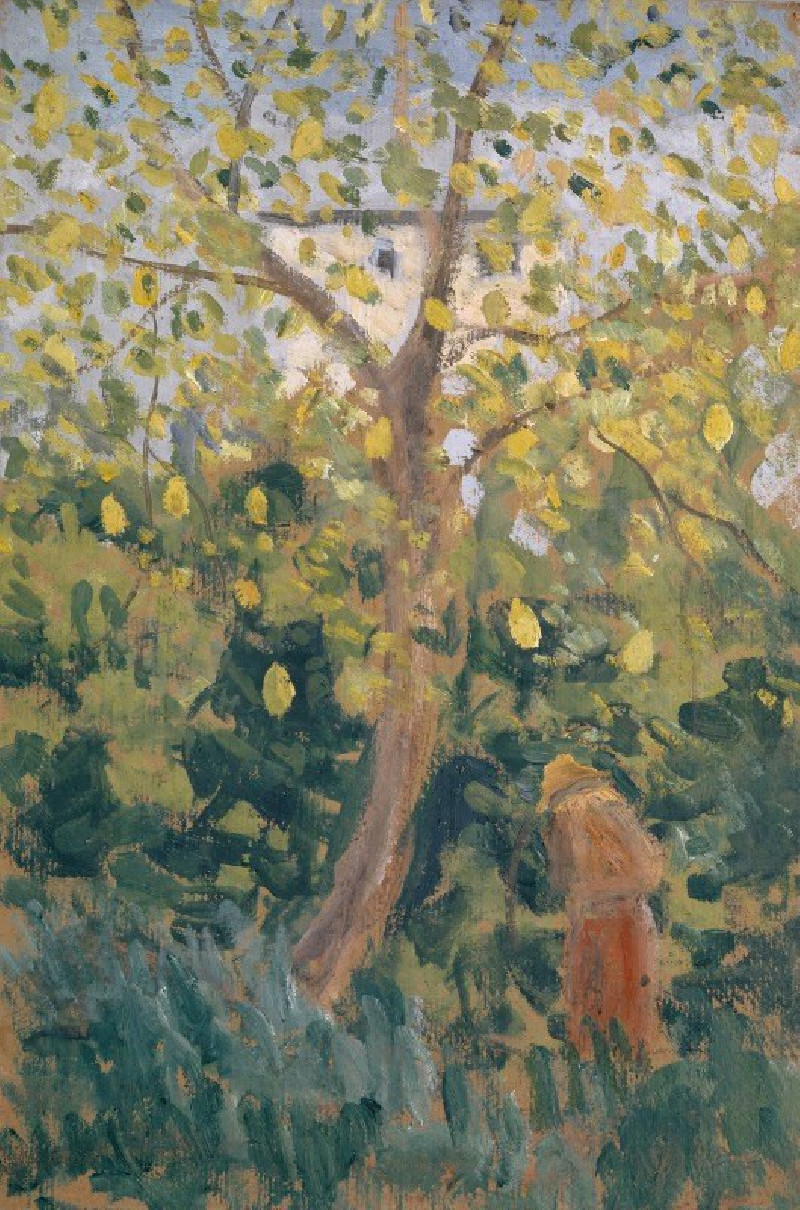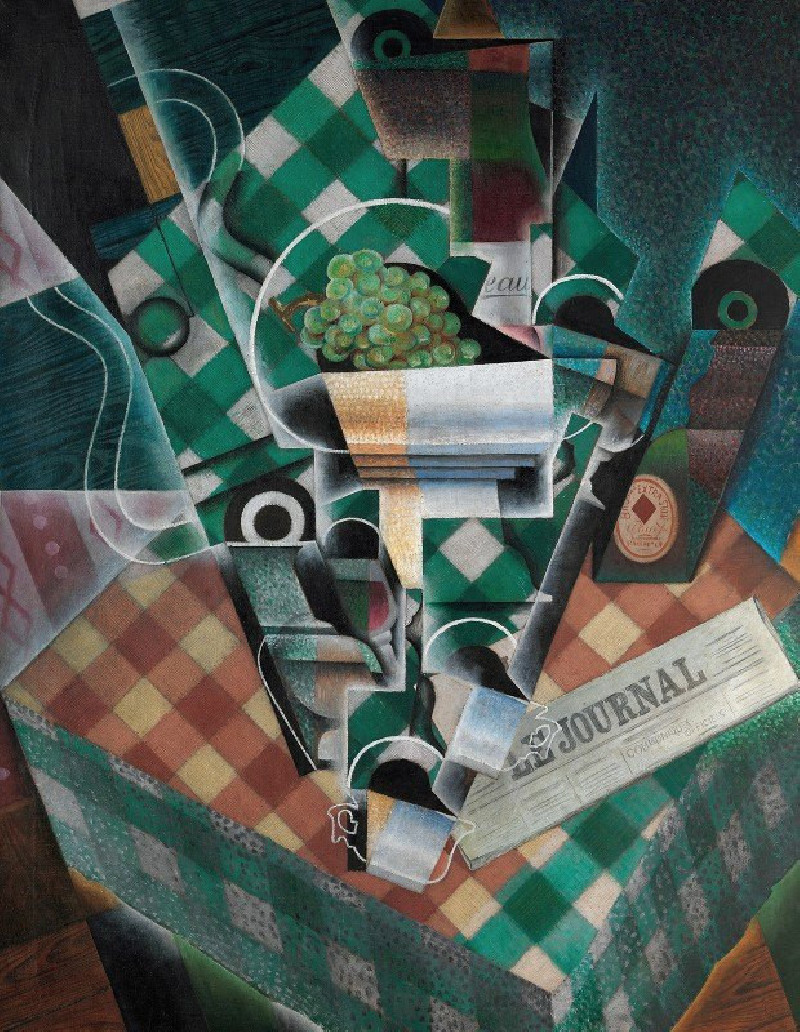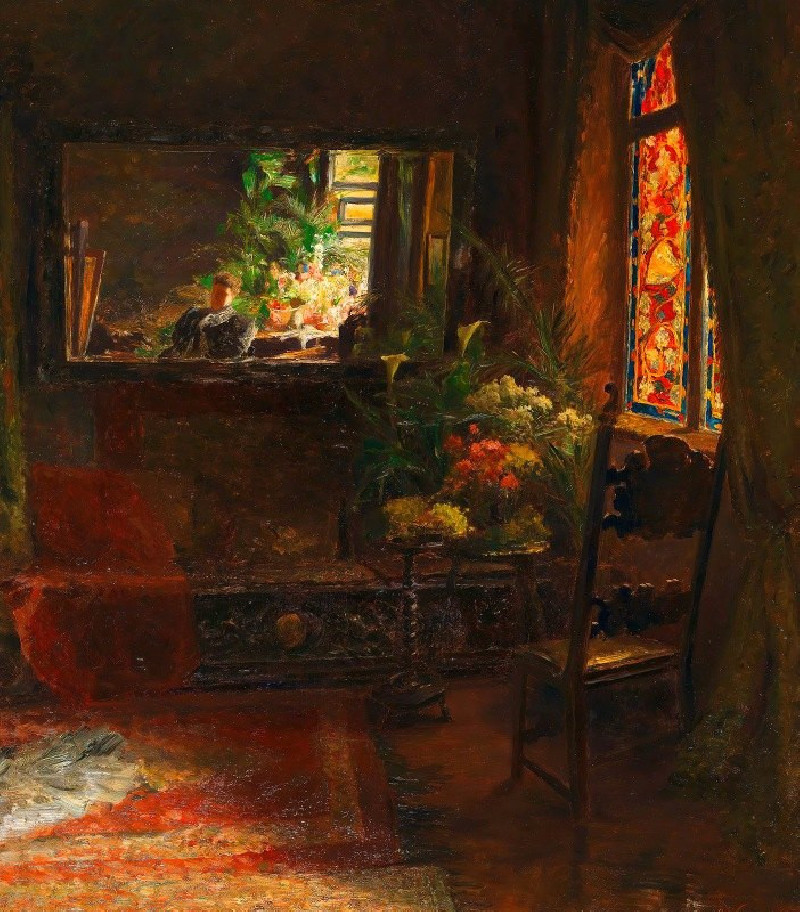Sonnenuntergang (around 1939)
Technique: Giclée quality print
Recommended by our customers
More about this artwork
Experience the vivid and emotive brushstrokes of Karl Wiener's masterpiece "Sonnenuntergang" (Sunset), conceived around 1939. This enthralling painting draws the viewer into a serene landscape suffused with the warm glow of a setting sun. The horizon comes alive with ribbons of red, yellow, and orange, which seem to bleed into each other, creating a rich tapestry of color that ignites the sky. Below this fiery spectacle, the cool, dark silhouette of rolling hills emerges, stark against the surrounding luminescence.Wiener’s use of contrast is particularly compelling, with the bold, dark forms of the hills grounding the vibrant, almost ethereal colors of the sky. This juxtaposition not only emphasizes the splendor of the sunset but also enhances the depth and dimensionality of the landscape. The painter's signature can be spotted in the lower right area, a subtle yet proud testament to his creation."Sonnenuntergang" by Karl Wiener is more than just a visual experience; it is a vivid reminder of the quiet beauty that ends each day, inviting viewers to pause and reflect on the ever-shifting canvas of nature.

